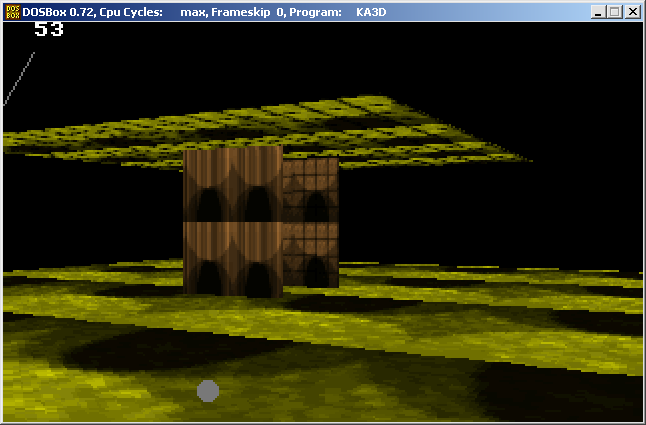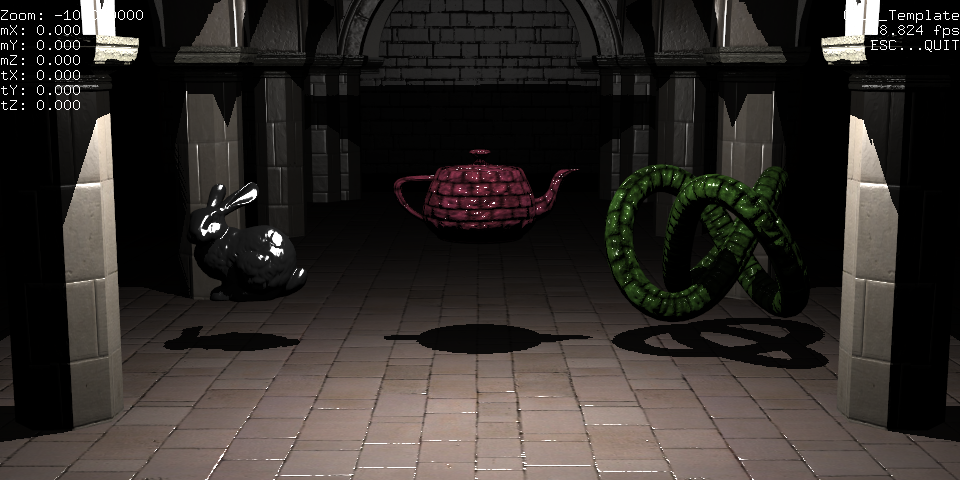The first graphics engine I wrote was in the late 1990s which I originally named KA3D — short for Kick-Ass 3D. But, I couldn’t commit to this name because it had a slight hint of profanity which I am generally uncomfortable with. So I changed it to Fluxions after the Method of Fluxions which Isaac Newton invented. The name was cool and it had the allure of mystery. I found an old version of my website, though mostly non-working, which was cached in October 1999.
https://web.archive.org/web/19991007002444/http://skyscraper.fortunecity.com/altavista/565/
The first engine was short-lived and it was completely software-based using scan-line rendering and blended lightmaps and color look-up tables. It was written for MS-DOS using the DJGPP port of GNU C++ compilers. Then I discovered the Allegro library.

The Allegro engine was a game engine that was fairly easy to get into. It had graphical user interfaces and extensions for 3D graphics. I was also getting into Linux at the time and I was first learning about the Mesa library for rendering with OpenGL. And then I was lucky to get a hold of Riva TNT2 card which had OpenGL graphics drivers to use at school.
So I began writing the second version of Fluxions using OpenGL 1.1. I used this for a game I was working on called Outpost Wars. I remember there was an online contest for 3D demos, so I submitted the following demo. You could walk around this strange sculpture featuring rotating rings kinda like the ones from Superman.

I followed the extension scene around OpenGL until at least version 1.5. This was especially useful for doing bump mapping and other related techniques. I started working on an outer space network game with some friends from work. Unfortunately, we were not able to complete it, but I still look fondly back on that work. I was very pleased with some graphical user interface work I programmed and utilizing bump mapping and lightmapping. But programmable shaders were becoming interesting and so it was time for the longest-running Fluxions 3.0 graphics engine.

When I began working on programmable graphics, the 3D engine has taken a number of turns before it gets to its final form. But basically, it served as the basis of my Master’s and Ph.D. research. My first trip to SIGGRAPH in 2012 really brought me up to speed on many of the latest and greatest pushes into physically based rendering. You can see some of the improvements in the remaining two images.

So, I think it’s probably time that I put Fluxions 3.0 to bed. It needs a few last remaining touches, but the next version will switch to the Vulkan graphics library and make use of real-time path tracing. I will work on moving some of my earlier research work on local dynamic radiance maps, spherical harmonic lights, and scalable SH harmonics. Farewell Fluxions 3.0, and good tidings to the new Fluxions 4.0 engine.
